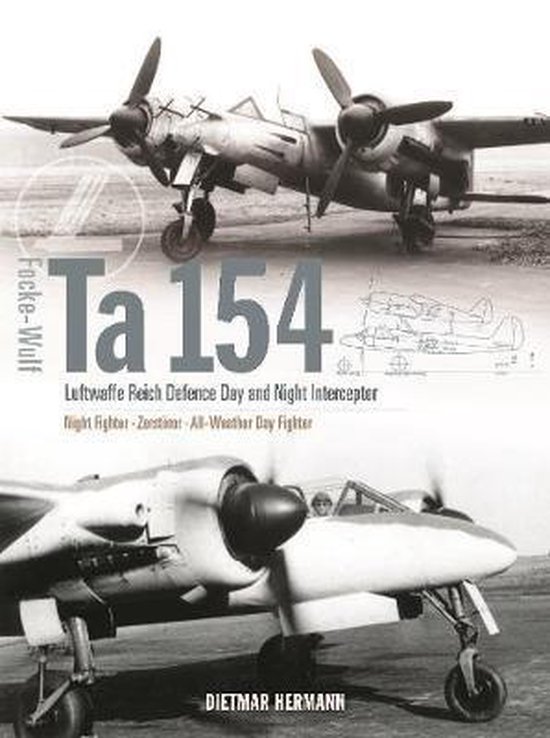
Focke-Wulf Ta 154
Inspired by the British de Havilland DH 98, in 1943, the German Air Ministry issued a specification for an all-wood, fast attack-bomber to be powered by Jumo 211 engines. Focke-Wulf was awarded the contract and employed inventive construction methods for the wooden assembly. Instead of a Schnellbomber, the resulting Ta 154 would emerge as an experimental night fighter incorporating ejection seats, advanced avionics and radar. Dubbed the Moskito, it first flew in July 1943 and when pitted against the He 219 and Ju 388 proved faster, reaching around 700 km/h.
This is a significantly revised and expanded version of a book originally published with a small print run in 2006 in the German language, so it will be new to Anglophone readers. It is an absorbing account remarkably sophisticated German World War II aircraft on which relatively little has hitherto been published. The author dispels myths associated with the construction methods of the Ta 154 and reveals much new and intriguing information about this fascinating aircraft.
| Auteur | | Dietmar Hermann |
| Taal | | Engels |
| Type | | Hardcover |
| Categorie | | Mens & Maatschappij |


